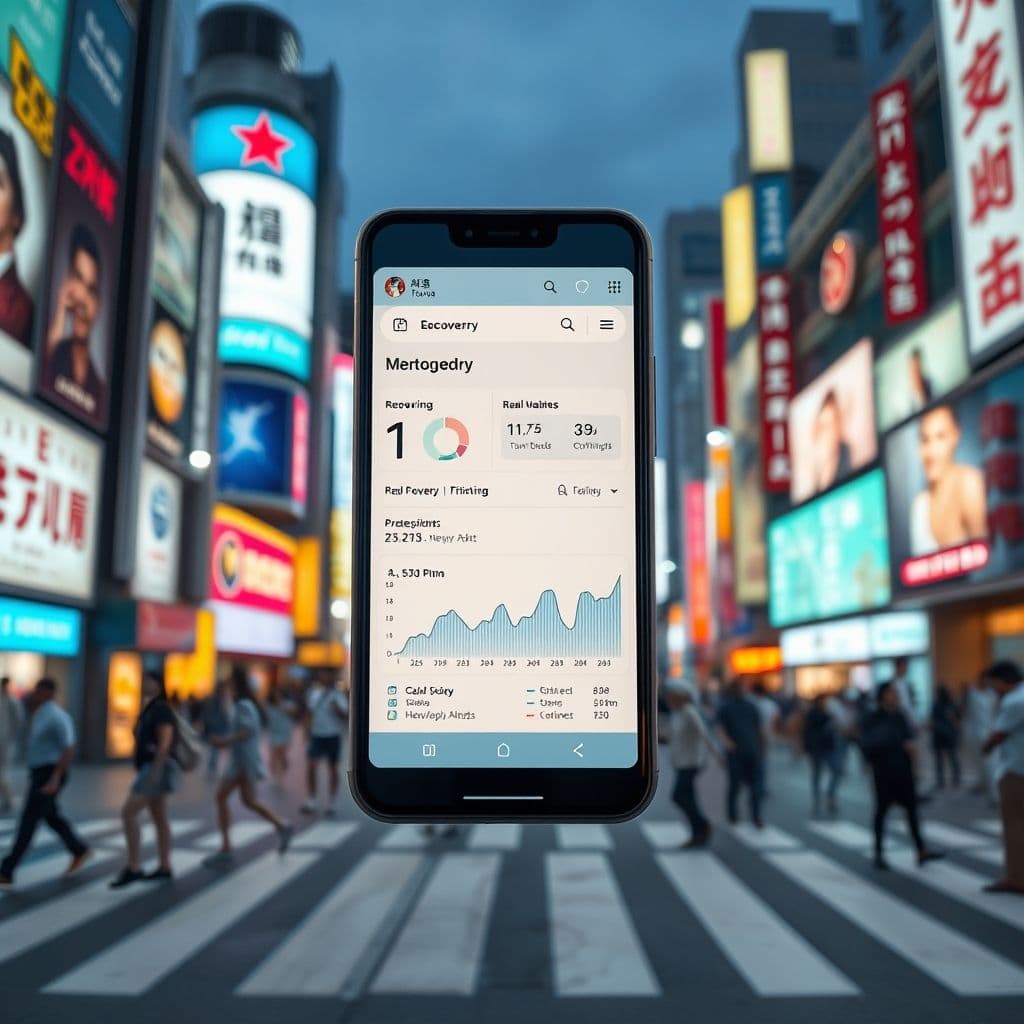Burnout Crisis: How a SaaS Solution Could Revolutionize Mental Health Support

Burnout has become a silent epidemic, affecting millions worldwide. From sleepless nights to emotional numbness, the symptoms are crippling. But what if a SaaS platform could offer a lifeline? Let's explore a hypothetical solution designed to combat burnout and restore mental well-being.
The Burnout Epidemic: Causes and Consequences
Burnout isn't just fatigue—it's a state of emotional, physical, and mental exhaustion caused by prolonged stress. Common symptoms include chronic fatigue, insomnia, emotional detachment, and a pervasive sense of inefficacy. Many individuals report feeling trapped in a cycle of guilt and inertia, unable to break free despite their best intentions.

A Hypothetical SaaS Solution: How It Could Work
Imagine a platform that combines AI-driven mental health assessments with personalized recovery roadmaps. This SaaS solution could offer: 1) Daily mood tracking with predictive analytics to identify burnout risk factors, 2) Curated recovery programs based on cognitive behavioral therapy principles, 3) Anonymous community support groups moderated by mental health professionals, and 4) Integration with workplace wellness programs to address systemic causes.
The platform's differential value would lie in its proactive approach—using machine learning to detect burnout patterns before they become severe, rather than simply reacting to crises. Users could access micro-interventions throughout their day, from guided breathing exercises to cognitive reframing techniques, all delivered through an intuitive interface.

Potential Use Cases and Benefits
For individuals: The platform could provide 24/7 access to evidence-based resources, reducing the shame spiral many experience when seeking help. For employers: Organizations could integrate the solution into their HR systems to monitor workforce well-being trends while maintaining employee privacy through anonymized data aggregation. For therapists: The tool could serve as a between-session support system, extending care continuity.
Conclusion
While burnout remains a complex challenge with no silver bullet, a well-designed SaaS platform could democratize access to mental health support and create new pathways to recovery. By combining technology with human-centered design, we might finally turn the tide on this modern epidemic.
Frequently Asked Questions
- How would this SaaS platform differ from existing mental health apps?
- The hypothetical solution would focus specifically on burnout prevention and recovery through workplace integration, predictive analytics, and community support—going beyond generic meditation apps to address systemic causes.
- What would be the biggest challenges in developing such a platform?
- Key challenges would include ensuring clinical validity of recommendations, maintaining user privacy with sensitive data, and creating engagement mechanisms that don't inadvertently contribute to digital overload.
- Could this work in corporate environments without stigmatizing employees?
- The platform would need careful design to avoid surveillance concerns—perhaps through opt-in participation, complete data anonymization, and focus on team-level rather than individual metrics.


